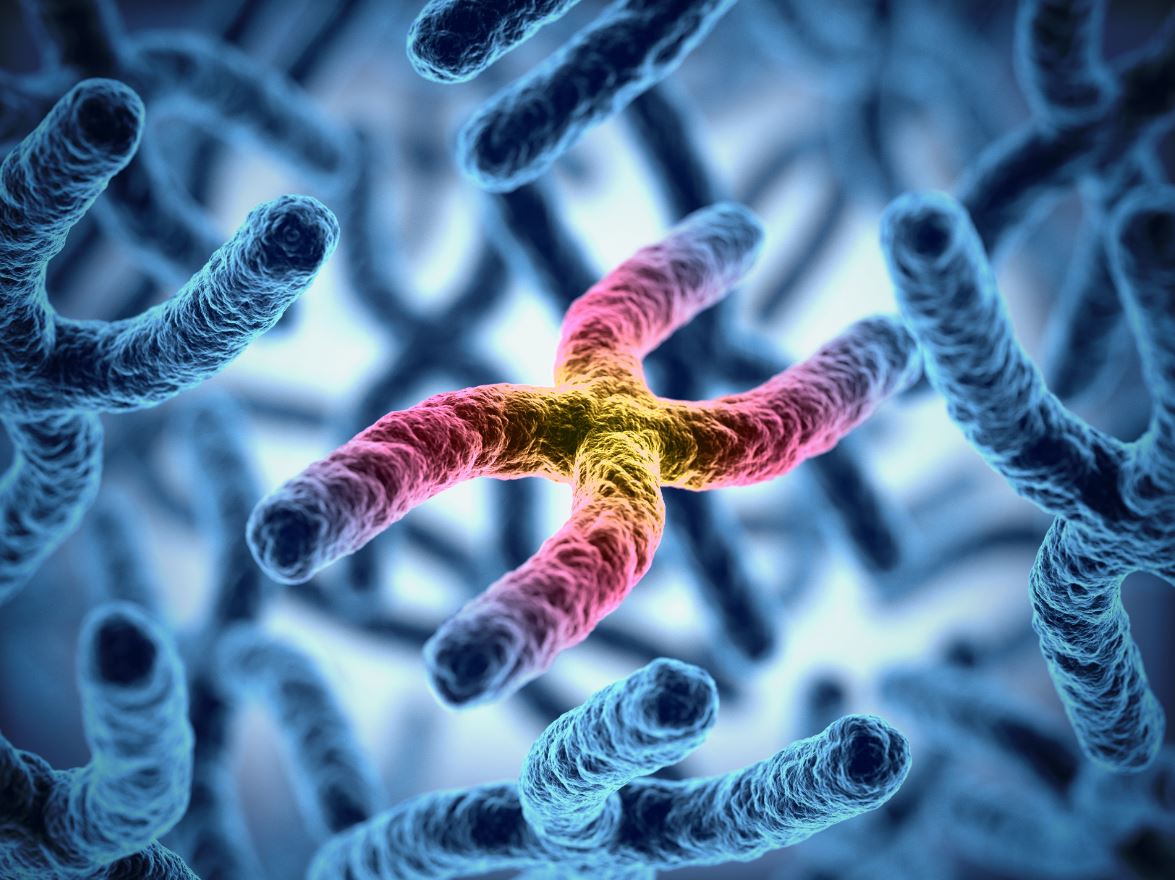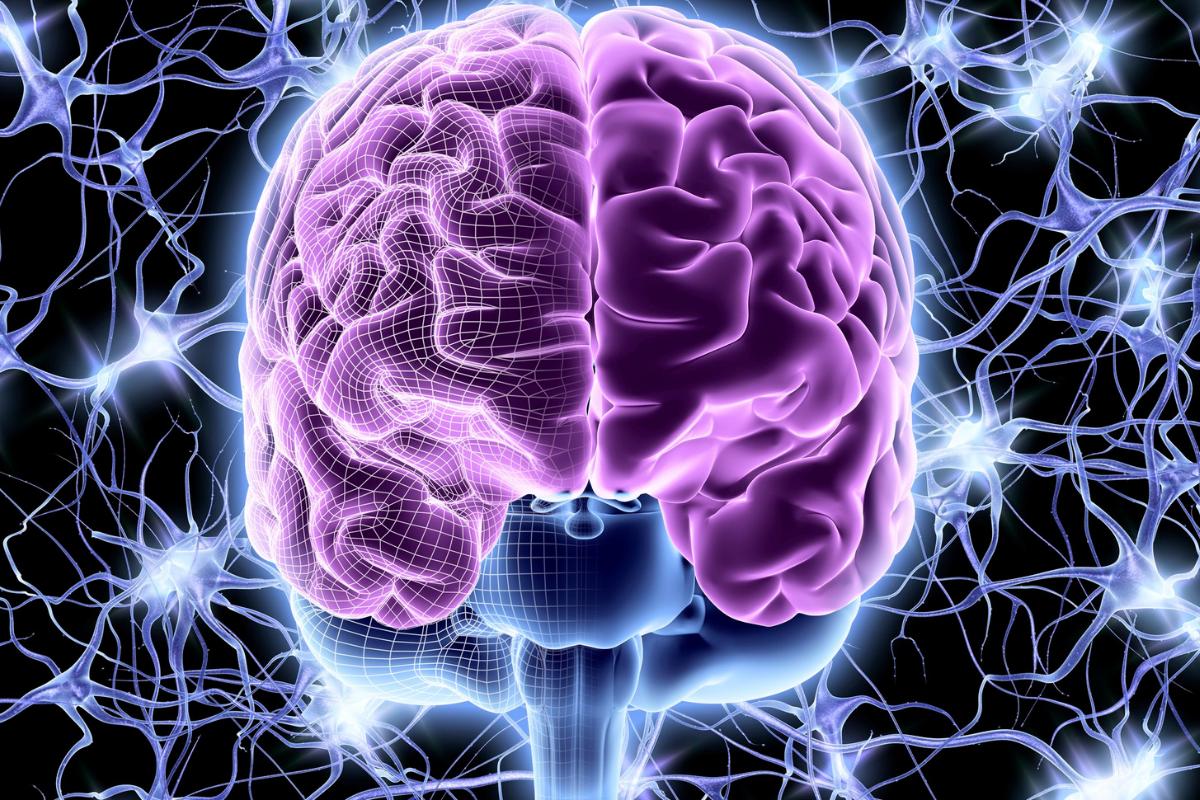By Dr. Petrus Raulino
Research published in the journal Biological Psychiatry analyzed the underlying genetic differences between the sexes to understand why the Bipolar disorder, a Schizophrenia and major depressive disorder affect men and women in different ways and to different degrees.
Sex differences in the genetic architecture of twenty neuropsychiatric and behavioral traits were investigated using sex-stratified autosomal genome-wide association analysis (GWAS) summary statistics.
Three complementary approaches - including single nucleotide polymorphism (SNP)-based heritability estimation, genetic correlation and heterogeneity analyses - were used to assess sex differences within traits and between pairs of traits.
The genome-wide association analysis identified almost a dozen single nucleotide polymorphisms that differed between men and women diagnosed with one of the three disorders.
Single nucleotide polymorphisms are a variation in the DNA sequence that affects only one nitrogenous base - adenine (A), thymine (T), cytosine (C) or guanine (G) - in the genome sequence between individuals of a species or between pairs of chromosomes of an individual.
In some cases, a single nucleotide polymorphism was only linked to the disease in one sex, while in other cases the same single nucleotide polymorphism decreased the likelihood of developing a disorder in one sex while increasing it in the other.
The genes harboring these single nucleotide polymorphisms have been linked to vascular, immune and neuronal development pathways, providing clues to the interaction between cardiovascular and neurological health.
Although most genetic effects for neuropsychiatric and behavioral traits are similar for males and females, genetic effects differentiated by sex can be identified.
This study showed for the first time that part of the genetic effects differentiated by sex is distributed among traits.
The differences between the sexes in the common autosomal genetic architecture of neuropsychiatric and behavioral phenotypes are small and polygenic. They are unlikely to fully explain the sexually differentiated attributes we observe.
Further studies, with larger samples, will be necessary to make progress in identifying the differentiated effects by sex for most of the traits.
But this study has important implications for the future of research into sex differences.
Understanding the biological basis of sex differences in human diseases, including neuropsychiatric phenotypes, is fundamental to the development of sex-based diagnostics and therapeutics and to fulfilling the goal of precision medicine.
References
Martin, J., Khramtsova, E. A., Goleva, S. B., Blokland, G. A., Traglia, M., Walters, R. K., ... & Stahl, E. (2021). Examining sex-differentiated genetic effects across neuropsychiatric and behavioral traits. Biological Psychiatry.
Khramtsova, E. A., Davis, L. K., & Stranger, B. E. (2019). The role of sex in the genomics of human complex traits. Nature Reviews Genetics, 20(3), 173-190.







